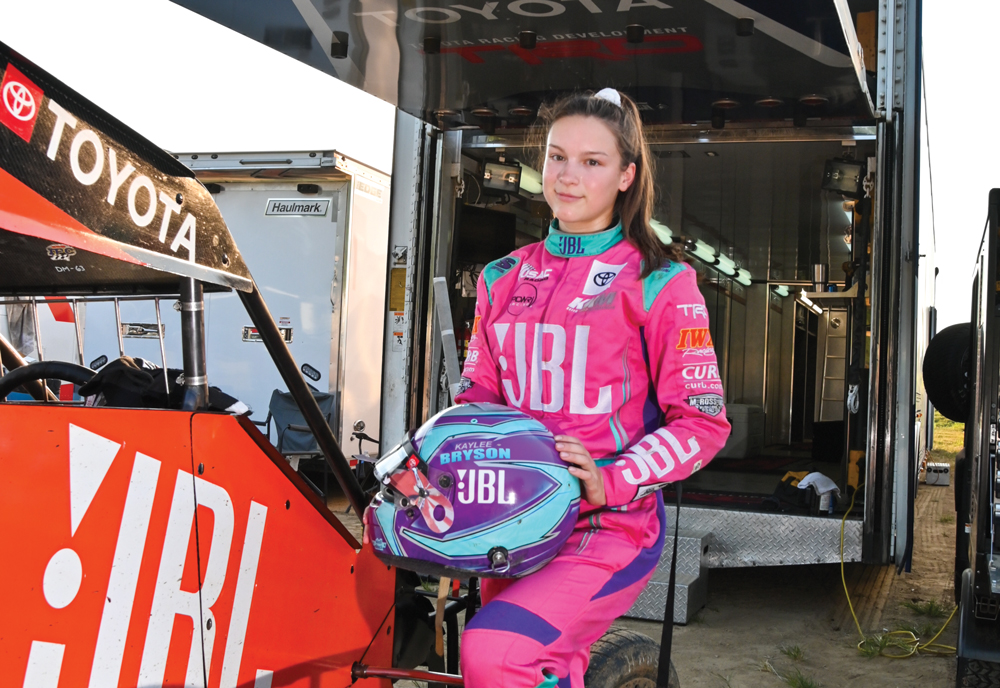Problem Solvers
Understanding your company’s objectives, clearly communicating them, and tracking your partners’ progress can make all the difference for a successful sponsorship agreement.
The Problem: I can’t tell if my company is getting adequate ROI from sponsorships
The Solution: Define precise, measurable objectives and continually monitor them
“Most marketing directors say sponsorship ROI is like licking your finger and sticking it in the air to see which way the wind is blowing,” said sponsorship consultant Alex Striler, author of the book Motorsports Marketing and Sponsorships: How to Raise Money to Race and Give Sponsors What They Really Want. “Frequently, they put the cart before the horse. They haven’t thought through why they’re doing something versus other alternatives that they could do.”
We recently reached out to Striler for his expert insight on how companies can more precisely gauge the results of their sponsorships. He recommends first starting with a detailed picture of what you’re actually trying to get out of the agreement. “From my experience, most of the time sponsorship deals go wrong it’s because the company didn’t have clearly identified objectives,” Striler told us. “You have to think about the logic of the relationship, and then you define it at the beginning.
“Start by asking, ‘What’s the purpose of this sponsorship?’” he continued. “Is it to increase awareness? Is it to open distribution channels? Is it to generate sales leads? Is it to give away samples? Is it to create a hospitality environment for brands to meet each other and perhaps get business-to-business deals going? Is it to create content that can be used to promote your company on social media? If you know the objectives, then you can determine if the sponsorship is working.”

Once companies have clearly defined their goals, they need to communicate them in sponsorship agreements. Ideally, they should spell out specific activities intended to bring about these outcomes, starting with broad overall objectives. “It’s not about giving people money and then letting them go try to do whatever it is that they do with the money to represent you,” said Striler. “It’s about telling them, for example, ‘We’re giving you this money for the following reasons: One, we want you to market into this new geographic area where you race and where we don’t have any presence. Two, while you’re there, we hope you can get our product into four local retail stores.’ Having clearly defined objectives like these at the beginning lets you gauge the performance of a sponsorship as it goes on.”
Next, companies should require teams to report their activities and results regularly. These reports are called proof-of-performance documents, and they need to be a central component of any sponsorship deal. “There are two types of proof of performance,” Striler explained. “After-event proof of performance is where racers give maybe a one-page outline to sponsors of how they did, both good and bad—you don’t want to hear only the good. You also want to know what went wrong, so you can learn from it and change it. And then, at the end of the year, all of those regional and local proof of performances can be compiled into one larger document that says, ‘This is what we did all year long.’ That document will determine whether or not they fulfilled the obligations agreed on in their contract.”
But Striler cautioned that racers often tend to focus more on their race performance in these reports, rather than your marketing aims. For that reason, companies need to specify exactly what they expect to see in proof-of-performance documents. “Proof of performance isn’t about the racer, it’s about the brand. The proof-of-performance report should state something like this: ‘I got third place on the podium, which was viewed by 100,000 people through social media. Those 100,000 people were primarily males age 18 to 24, according to Facebook demographics. And we got television coverage on NBC Sports. That 30 seconds of coverage is worth X dollars, according to the network’s rate card.’”
Armed with these tools, companies can continually adjust and tune a sponsorship to achieve the right objectives. Striler said the key to doing so is to monitor the relationship throughout the season and communicate often. “If the sponsorship contract says you need 20 engagements through social media, but halfway through the season the race team hasn’t done any, now you know you’ve got to make adjustments.
“After every event, you should know whether or not you’re one step closer to achieving your objectives,” he added. “Having clearly defined goals allows you to adjust along the way and make changes. That way, when the year is over nobody is blindsided by the fact that, ‘Oh, this didn’t work.’”
SOURCES
–
Alex Striler
alexstriler.com
 MEMBERSHIP LOGIN
MEMBERSHIP LOGIN JOIN PRI
JOIN PRI


